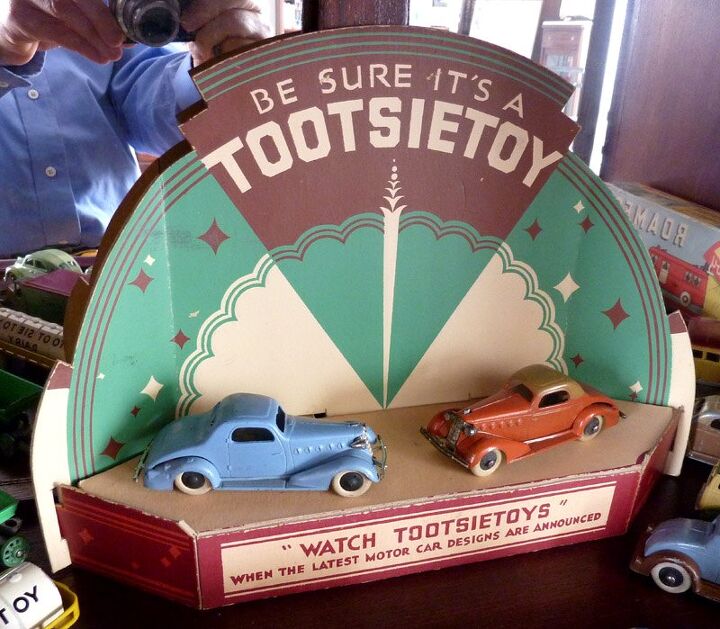#tootsietoy
The Die It Was Cast – A Little Bit of Little Car History
Perhaps it’s appropriate that the term “collectible diecast” most often refers to detailed scale models of cars and trucks. After all, the industrial process of molding metal parts by forcing liquefied low-melting point metals into a die was known as “hydrostatic moulding” before Herbert H. Franklin reportedly coined the term “die casting”. Franklin, who started the first commercial die casting company in the world, was also the founder of the Franklin Automobile Company, the most successful American maker of cars with air-cooled engines. It was the money that Franklin made in the metal die-casting industry that allowed him, in 1901, to engage engineer John Wilkinson, who was the technical genius behind the Franklin cars, which stayed in production into the 1930s. I’ve been working on a post about Wilkinson and the Franklin cars, but right now let’s look at a couple of other brands of cars that wouldn’t have existed were it not for Franklin’s success with die-casting. Those ‘car’ brands are TootsieToy and Matchbox. It was TootsieToy that likely first made die-cast model cars and it was Matchbox that took them from being mere toys to being accurate scale models.
















Recent Comments